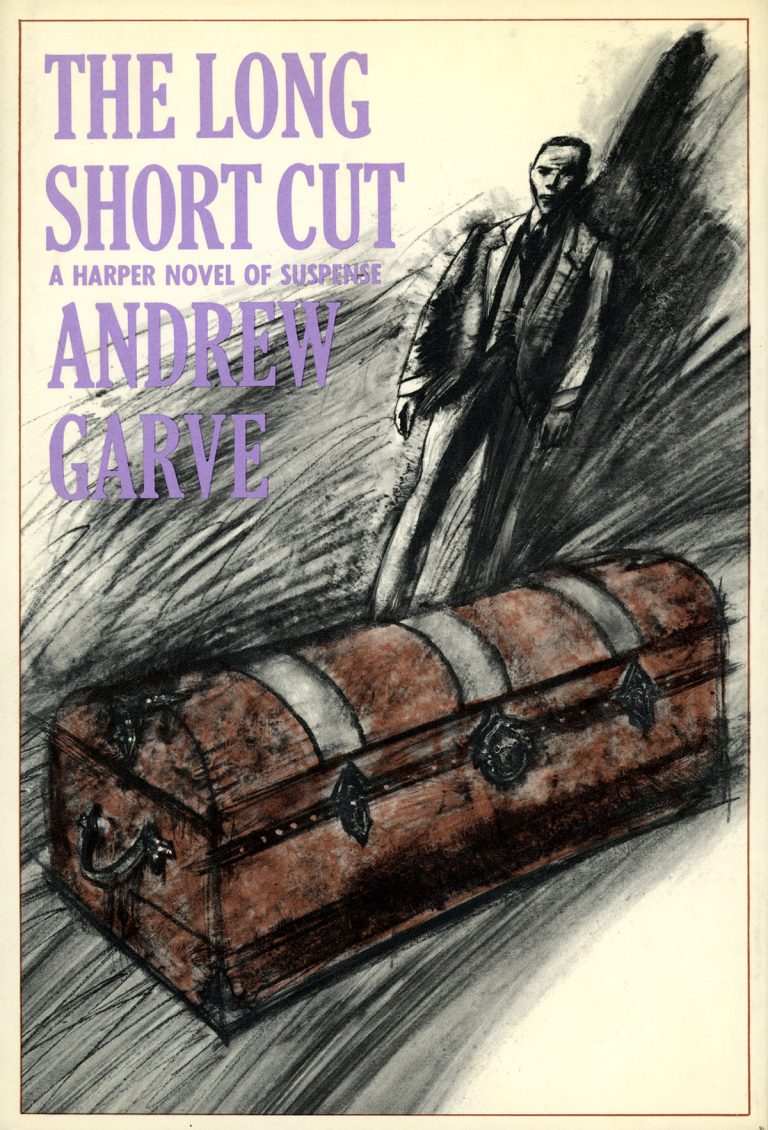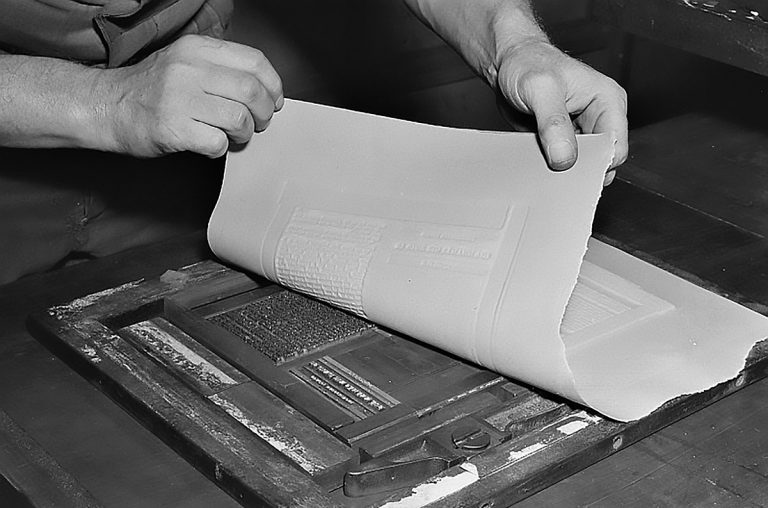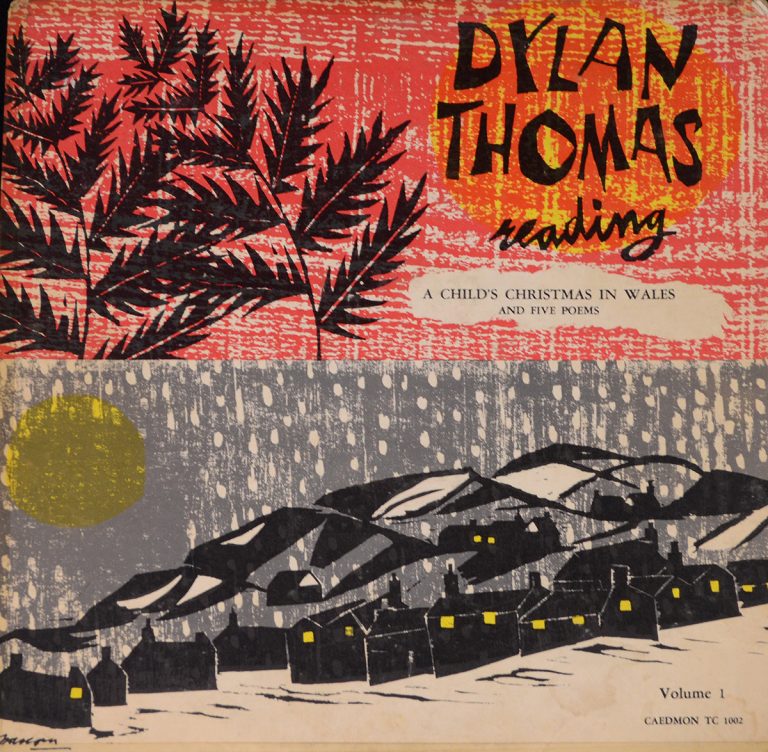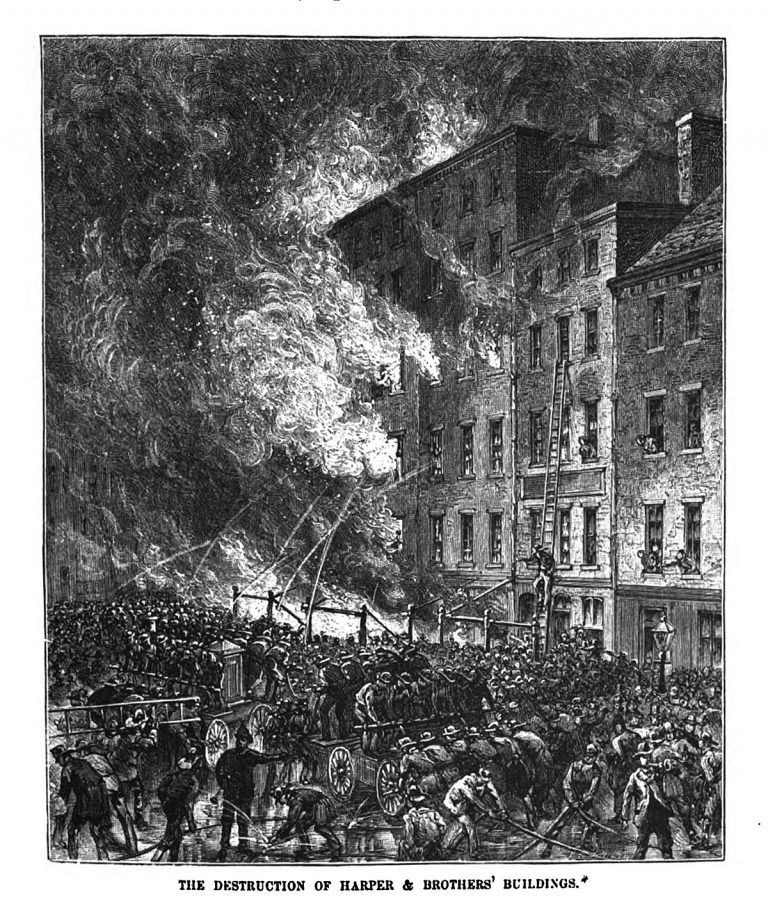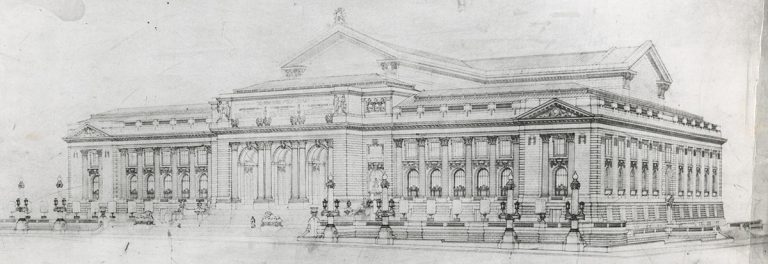Explore significant moments in HarperCollins history
Publishing Firsts: Producing Books Electronically
Although word-processing programs and electronic typewriters had been around since the late 1960s, Harper & Row was the first to help pioneer electronic publishing with Andrew Garve’s The Long Short Cut in 1968, which was, according to the New York Times, “the first book set into type completely by electronic composition.”
The new method had been used experimentally earlier in the decade, but never for a novel. The edited manuscript was transcribed to tape and the pages composed by computer, then transferred onto sensitized film for offset printing.
As the first few pages came out, editors found that the book was shorter than expected, so they adjusted the margins on every page to make for a “more attractive, readable book.” That type of change previously would have been prohibitively expensive and time-consuming. The drive for greater speed and convenience helped pave the way for today’s desktop publishing and on-demand printing.
